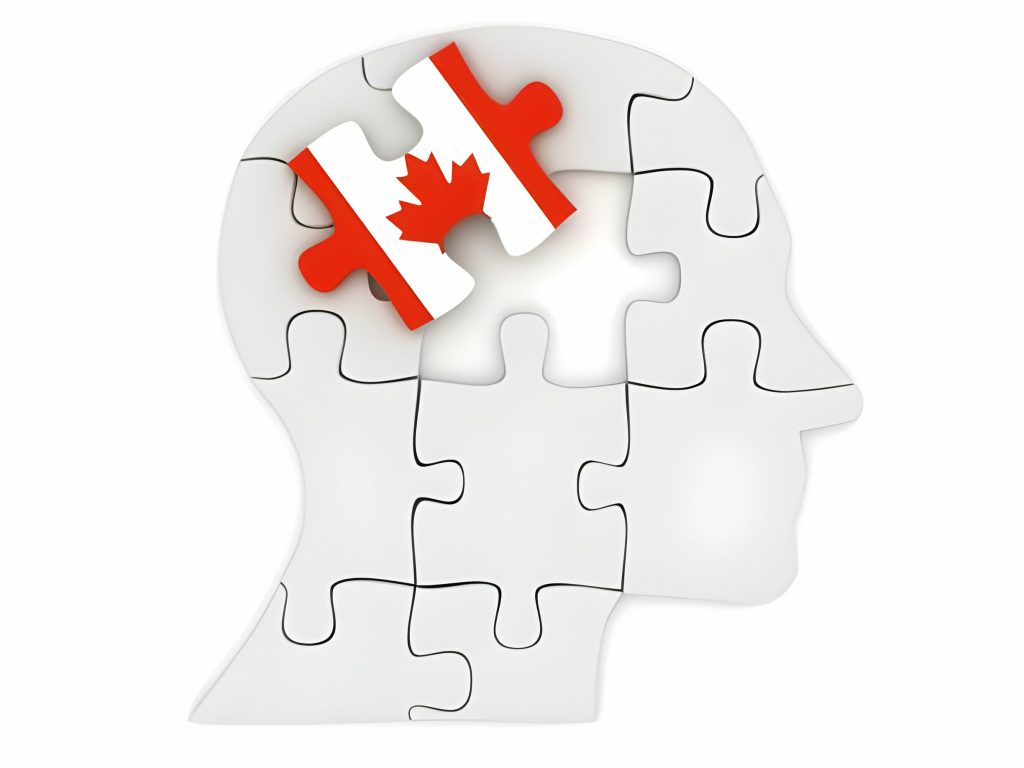When it comes to planning a wedding, the saying goes, “You can’t have your cake and eat it too.” But have you considered how much a wedding cake for 50 guests might cost? Let’s peel back the layers on this delectable topic to uncover the intricacies of pricing and options available, ensuring your special day is sweet without breaking the bank. Stay tuned to discover the secrets behind creating a show-stopping cake that will leave your guests craving for more.
Average Cost Range for 50 Guest Cake
When planning a wedding for 50 guests, the average cost range for a wedding cake typically falls between $350 and $400 in the US in 2022. To ensure you stay within budget, consider budget-friendly options like a 2-tier cake, which can cost between $250 and $300. Price comparison is crucial; prices may vary based on customization factors and your location. Cost-saving tips include opting for simpler designs and flavors, which can help reduce expenses. Customization factors such as intricate designs or specialty flavors can increase costs significantly. When selecting your cake, remember to cater to flavor preferences to satisfy your guests. By focusing on these aspects, you can find a cake that not only fits your budget but also delights your guests with delicious flavors and beautiful design. Remember, understanding the cost breakdown and considering these factors can help you make an informed decision when choosing the ideal wedding cake for your special day.
Cake Alternatives for 50 Guests
To explore alternative options for wedding cakes serving 50 guests, consider the cost-effective choices of a 3-tier cake or a 2-tier cake, each offering unique advantages in terms of pricing and guest satisfaction.
- Budget friendly options: Opting for a 2-tier cake can provide a more economical choice while still serving all guests.
- Creative designs: Both 3-tier and 2-tier cakes offer ample opportunities for creativity, allowing for unique designs to match your wedding theme.
- Flavor preferences: Customize the flavors of each tier to cater to the varied taste preferences of your guests, ensuring everyone is satisfied.
- Decorative elements: Enhance the visual appeal of your cake with decorative elements such as fresh flowers, intricate piping, or personalized cake toppers.
- Top tier tradition: With a 3-tier cake, you have the option to save the top tier for your first anniversary, incorporating a traditional element into your celebration.
Cake Selection Considerations
Consider the visual impact of your wedding cake to impress your guests by focusing on cake presentation and decorative elements like flowers, ribbons, and cake toppers. When selecting your wedding cake, it is essential to keep in mind the flavor options that cater to your guests’ preferences. Additionally, paying attention to decorative elements can enhance the aesthetics of the cake and create a memorable experience for everyone involved. Here are some presentation tips and guest preferences to consider when choosing your wedding cake:
| Flavor Options | Decorative Elements | Presentation Tips |
|---|---|---|
| Traditional flavors | Fresh flowers | Opt for a cake stand or display |
| Exotic flavors | Elegant ribbons | Ensure proper lighting for display |
| Customized blends | Personalized topper | Coordinate with overall theme |
Choosing the right flavors and decorative elements can elevate your cake, ensuring a delightful experience for your guests and leaving a lasting impression.
Cake Cutting Ceremony Details
Moving from selecting the perfect decorative elements for your wedding cake to the memorable cake cutting ceremony, let’s delve into the details of this traditional and heartwarming part of your celebration.
- Cake cutting traditions
- The married couple poses for photos with the cake.
- The bride usually holds the knife while the groom places his hand over hers.
- Couple cuts the cake together and takes the first bite.
- In some cultures, parents may cut the first piece for the couple.
- Trained staff cut and serve the remaining cake slices to guests.
When it comes to the cake cutting ceremony, consider these essential aspects:
- Cake presentation tips: Focus on aesthetics to impress your guests.
- Cake flavor options: Choose flavors catering to your guests’ preferences.
- Cake decoration trends: Stay updated on the latest trends for a modern touch.
- Cake cutting etiquette: Follow traditional etiquette to make the ceremony special.
Cost Factors Impacting Cake Price
When determining the price of a wedding cake, various factors such as size, design complexity, and the baker’s expertise play a significant role in the overall cost. Flavor preferences can impact the cost based on the uniqueness and specialty of the chosen flavors. Design complexity, ranging from simple elegance to intricate detailing, can influence the final price. Ingredient quality, including organic, premium, or specialty ingredients, can also increase the overall cost. The time commitment required by the baker for intricate designs or specialty techniques may contribute to a higher price point. It is essential to have budget discussions with the baker to align expectations and offerings within your financial constraints. By considering these factors – flavor preferences, design complexity, ingredient quality, time commitment, and budget discussions – you can make informed decisions to ensure your wedding cake meets both your desires and budget.
Base Cost and Customizations
As you explore the factors impacting the price of a wedding cake, it’s important to understand the base cost and customizations involved in creating your dream dessert.
- Base Cost Breakdown: The base cost typically ranges from $2 to $10 per slice, starting at $100 for a 50-guest cake. Gourmet options can exceed $500.
- Design Options: Customizations like unique flavors and intricate designs can increase costs by 20% to 50%, ranging from $200 to $750 for a well-decorated cake.
- Flavor Selection: Tailoring flavors to guests’ preferences adds to the customization costs and overall price.
- Budget Negotiation: Discussing your budget with the baker is advisable to ensure your desires align with realistic cost expectations.
- Delivery Considerations: Factor in delivery charges when finalizing your budget to avoid unexpected costs and ensure timely arrival of your cake.
Variability in Wedding Cake Costs
Understanding the variability in wedding cake costs is essential for making informed decisions when planning your special day. Budget flexibility is crucial as prices can range significantly based on the size, design complexity, and baker’s expertise. Regional price variations also play a role, with metropolitan areas often being up to 25% more expensive. To save costs, consider opting for cost-saving tips like offering half-servings, using buttercream frosting over fondant, or simplifying the design to one or two tiers with basic flavors. Specialty flavors can impact the overall cost, so discussing budget-friendly options with your baker is advisable. Additionally, decorative elements such as flowers, ribbons, and cake toppers can enhance the aesthetics but might add to the final price. By carefully considering these factors, you can strike a balance between creating a memorable wedding cake and staying within your budget constraints.
Tips for Saving Money on Cakes
To save money on cakes, consider implementing cost-effective strategies like opting for half-servings and choosing buttercream frosting over fondant. Here are some tips to help you save on your wedding cake:
- Budget-Friendly Options: Look for simple designs with fewer tiers or decorations to reduce costs.
- Creative Decorations: Instead of intricate designs, consider elegant yet straightforward decorations to save money.
- Flavorful Alternatives: Choose popular flavors like vanilla or chocolate, as exotic flavors can sometimes be more expensive.
- Cost-Saving Strategies: Discuss your budget with the baker upfront and explore cost-saving options they may offer.
- DIY Cake Solutions: If you’re willing to put in the effort, consider baking a simple cake yourself or having a family member help to cut down on professional baking costs.












